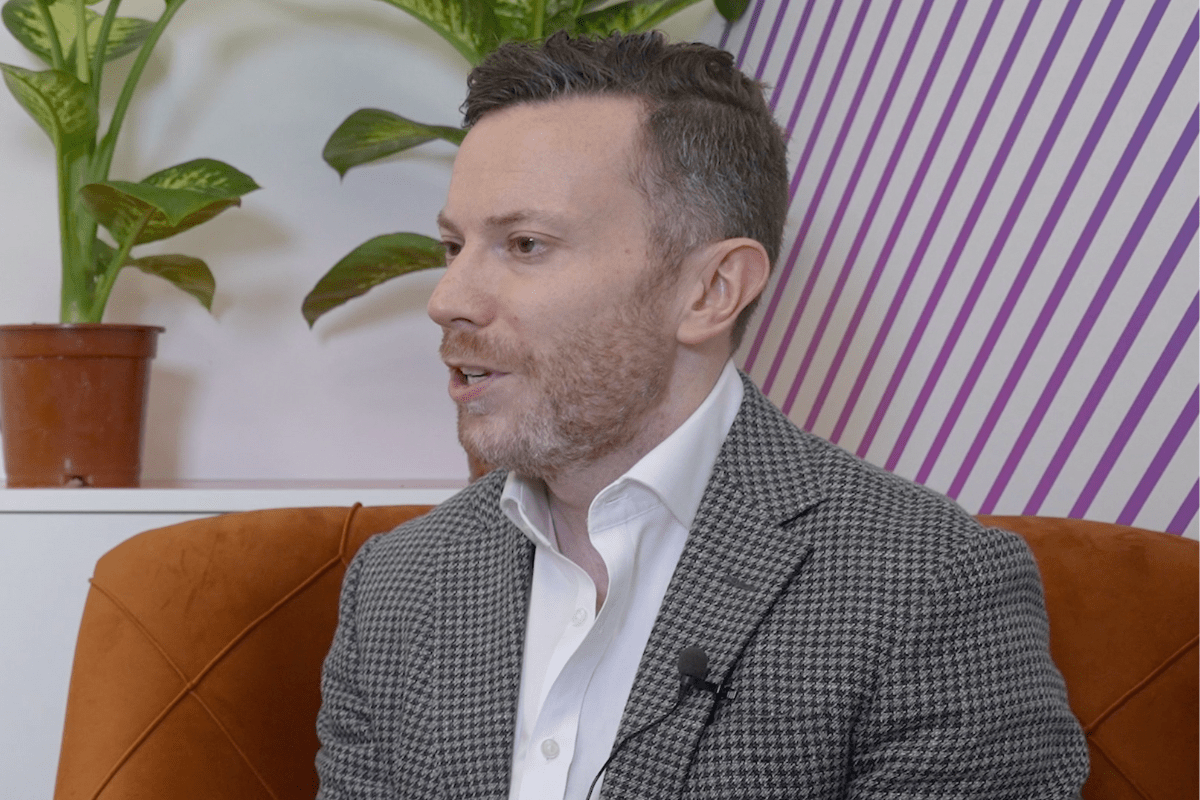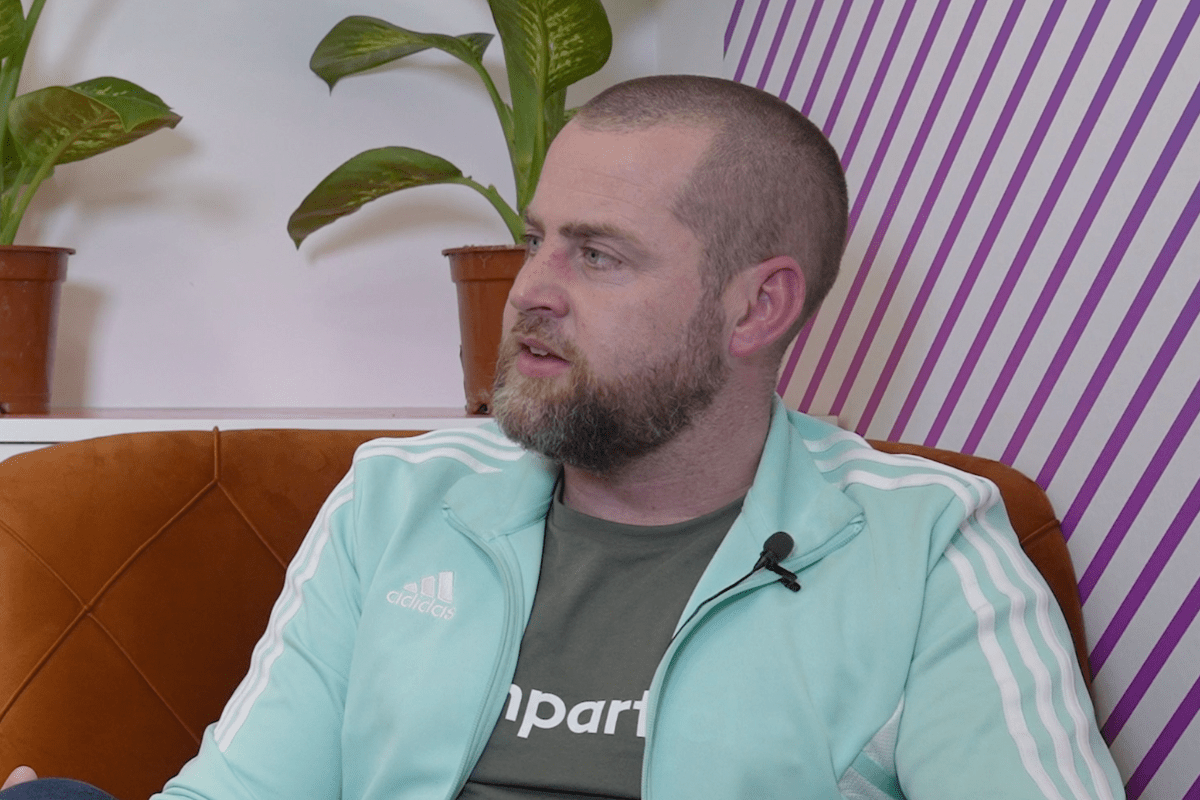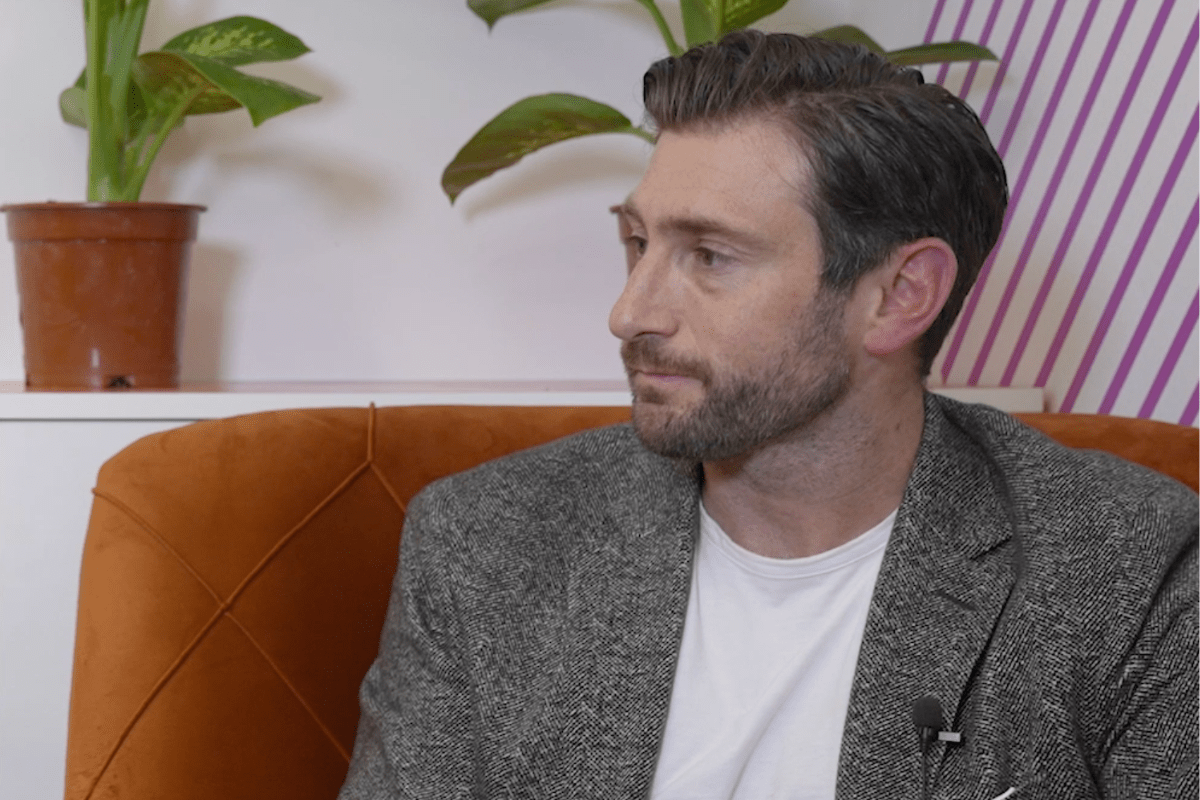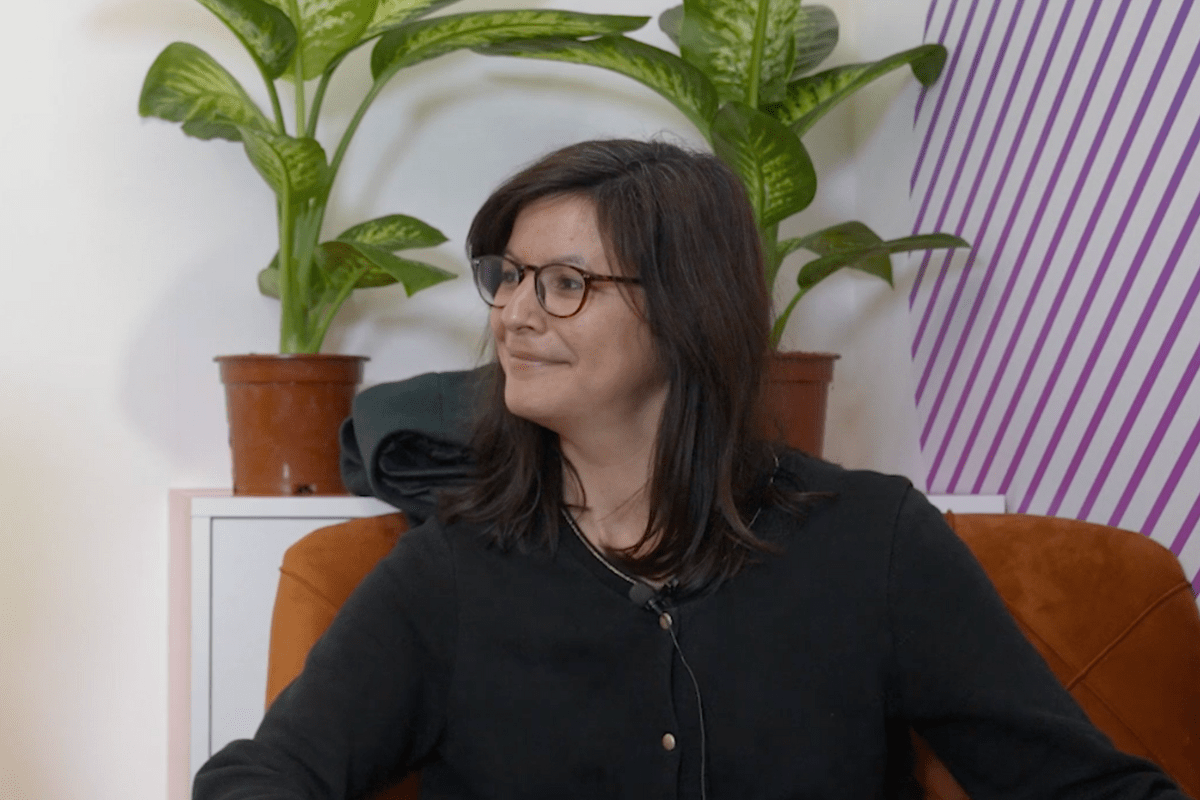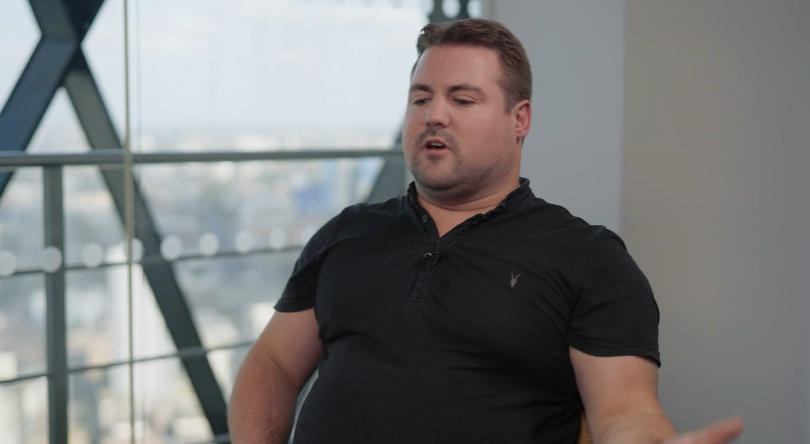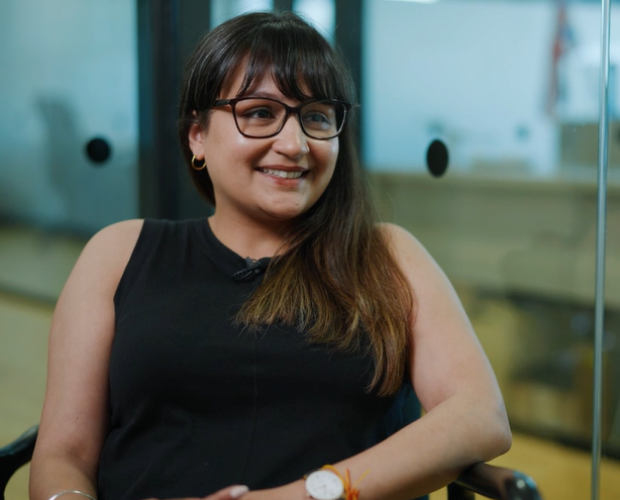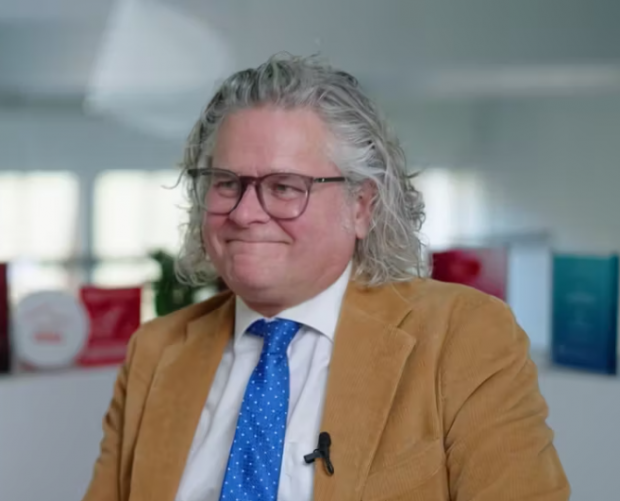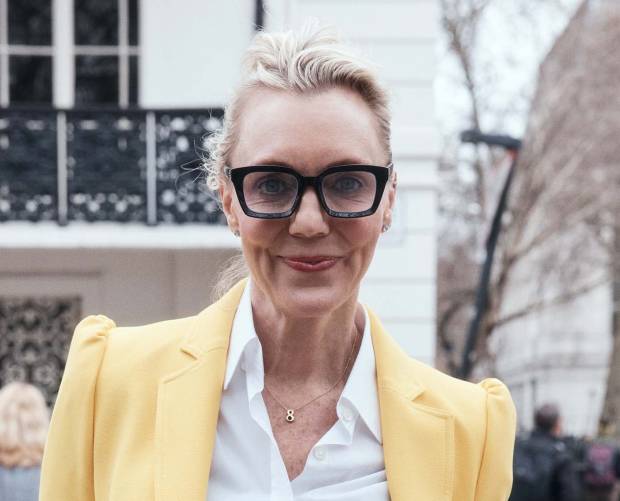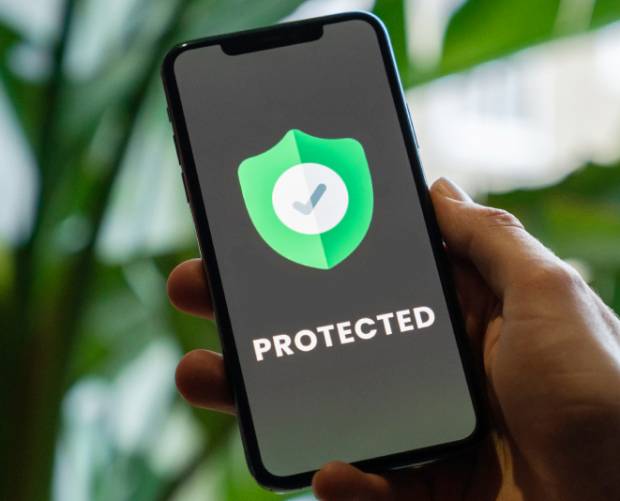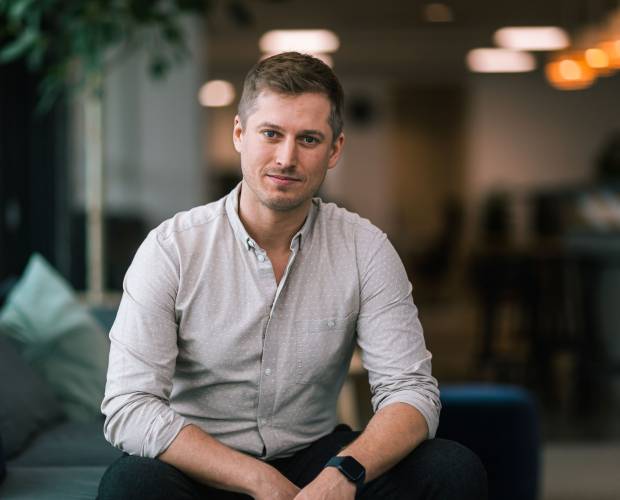Instagram co-founder Mike Krieger on innovation and managing growth
- Monday, February 22nd, 2021
- Share this article:
Mobile Marketing discusses focus in innovation, listening to your users and managing growth with Instagram co-founder Mike Krieger. Krieger co-founded Instagram with Kevin Systrom in 2010, and left the company in October 2018, six years after its $1bn acquisition by Facebook.
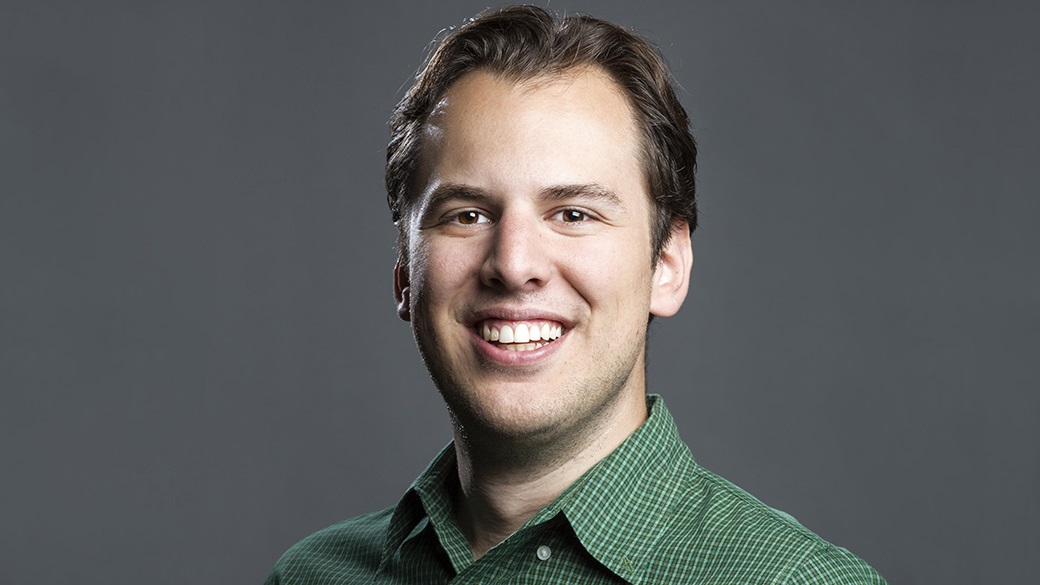 MM: What is your top tip for businesses struggling to succeed in this fast-changing, high-tech world?
MM: What is your top tip for businesses struggling to succeed in this fast-changing, high-tech world?
Mike Krieger: “I’ve got a couple of tips. The first is, you have got to be crystal clear about the problem youre trying to solve for people. Ive seen way too many companies starting out who think either, ‘hey this technology is cool, surely somebody will want to use it’ or ‘people are already using this product, why dont we create something just like it?’
“I think you have to be really laser-focused on understanding what problem youre solving for people. For Instagram, it was that people wanted to connect, they wanted to share, but there was no real good way of doing that on mobile phones, so we wanted to make that an amazing experience.
“It’s important to define what that problem is. Don’t list 10, because sometimes businesses try to solve too much. You need to be really focused on one, two, maximum three that really define what your real value proposition is.
“The second piece is knowing when to iterate and when to change your mind. With Instagram, we started with a different product called ‘Burbn’. It was in the same neighbourhood as Instagram, but we realised we made it too complicated.
“If youre finding that as you explain your product to people, they look a little confused or its not resonating or its not quite clicking, your initial instinct might be, ‘lets add more! Maybe its just that we have 10 features, and we need 20’, but in my experience, that has never been true.
“Actually, you should take your 10 down to three and make those amazing. Once youve proven that those are important, then build back up. If you can make the simple parts of your product really great and really stand out, all of a sudden people have a reason to use you versus everybody else in the market.”
MM: What advice would you give to companies wanting to build a culture of innovation?
MK: “One piece thats really important is to trust the people closest to the problem youre solving. So, for us, every two months or so, we would give people two days where they could work on anything they wanted within the general scope of the company and then show off the projects at the end. Many of our products actually came from those; we call them ‘hackathons’.
“Boomerang, a really popular feature on Instagram where you can create looping, three-second videos, came from giving everybody at the company the space to create. Teams would come back and say, ‘hey, we made this’, and we would look at it and say, ‘thats really cool. Lets go make that into a product’.
“So, trust the folks working closest to you. I wouldnt have come up with the Boomerang idea, but the people working on our camera team did because they were immersed in it every day.
“The other piece is to really think globally, and for us that was important. At first with Instagram, we were the target audience, my co-founder and I; we were technology enthusiasts that loved photography, and that was enough to build the products around.
“As we grew though, a lot of our users were teenagers, and we were far from teenagers already, and a lot of them were international. In order to create that culture of innovation, you need to stay tuned into who your customer is, and for us that meant travelling to places. I would send teams to Japan, Brazil, France, to all these different places, and have them spend time embedded in the local culture.
“When they came back, they’d say, ‘wow, if we want to win in France, we need to totally change how were doing our user registration’ or ‘if we want to win in Japan, we have to rethink how we use this camera’. We gathered all these interesting pieces of innovation that we would never have come up with sitting in the office or headquarters. You have to be able to get out there and absorb the world.
“Another point is, when you can, bring that international and risk perspective in-house. If you can build offices in different places, make sure youre hiring a team that is as diverse as the people using your products, because theyll be the first people to understand how to adapt it for all the different use cases.”
MM: Instagram grew from two people to over a thousand employees. What did you learn from this growth?
MK: “We got advice early on from one of our investors who said, ‘your company will break every time it doubles’. What he meant by that and what I think we really experienced was, the little things that you take for granted stop working as you grow.
“When everybodys around one table, as we were at the beginning, everybodys on the same page because you can hear each other. Then, all of a sudden, we’re in two rooms. That sounds like a minor change, but it meant that teams didnt hear about the change happening.
“You have to treat your company as a product itself, a project that needs constant tuning and evolution. We really changed how we communicated internally when we were 20 people versus 100 people. We changed our processes, we kept adapting, and if you take your eye off that process, its easy to wake up and think, ‘we have a thousand people and I feel less productive than when we had 200 people’. That is because youve taken for granted that a company is itself an active, living being.
“You have to tend to it, adapt it and continue to make sure that youre doing the right things to make sure communication flows, culture is maintained, employees are learning, and youre recruiting really thoughtfully so your product can reflect all those things.”
MM: Recently you developed the Rt.live app, is an up-to-date tracker of how fast COVID-19 is spreading in each US state. Why did you decide to develop the Rt.live app?
MK: “Kevin, my Instagram co-founder and I, have remained really close and still work together. Earlier this year we were sitting around and asking ourselves, ‘how can we be most helpful in this crazy time?’
“One of the things I like to think we did well with Instagram, was the fact we took something that could be complex and distilled it into something that people could use every day and easily understand.
“So with Rt.live, we asked ourselves, ‘if you were to look at one number for the spread of Coronavirus, what might that number be?’. If you just look at the positive tests, thats not quite enough. If you look at the percentage of tests, thats also not enough. Through a lot of research and conversation, we thought, ‘oh, the ‘RT number’, so how fast the virus is spreading is one of the most useful numbers you could look at.
“And nobody was really tracking it or calculating it in a way that was readily available to people. So we put our heads down and combined both our engineering background and our product background to make Rt.live, which shows whether we have Coronavirus under control, at a glance.”
Mike Krieger and other technology speakers are available to book via The Motivational Speakers Agency.





